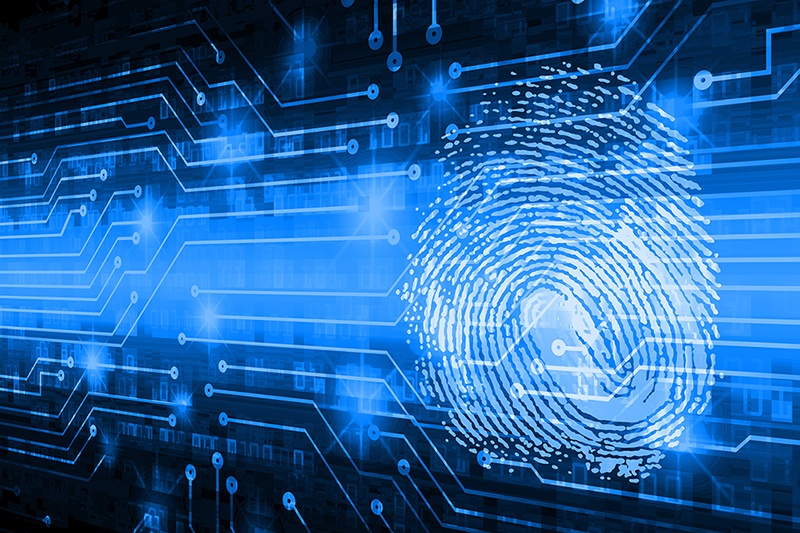D.C. Develops an Interesting Approach to Triaging Low-Acuity 911 Calls
An epidemic is afflicting the entire United States. It involves low-acuity emergency calls to 911 call centers that are overburdening the emergency medical services (EMS) provided by municipal governments. This burden is even extending to the emergency rooms (ERs) to which these patients are transported. The result is that emergency medical technicians (EMTs) increasingly are suffering from stress and morale issues, ambulances are falling into disrepair, and ERs are struggling to keep up with the demand.
Low-acuity calls are those that do not qualify as Basic Life Support (BLS) or Advanced Life Support (ALS) incidents, such as sprains, the flu, a cut requiring stitches, stomach cramps and the like. The problem is that when someone dials 911, the municipality is obligated to dispatch an ambulance/EMT/paramedic to the incident to assess the patient’s condition and, given some patient bill of rights, transport the patient to an ER. This is required regardless of the severity of the incident, even for low-acuity calls, which require neither a visit from EMTs or transport to an ER.
Topics: Operations, Staffing, 911 Anniversary








